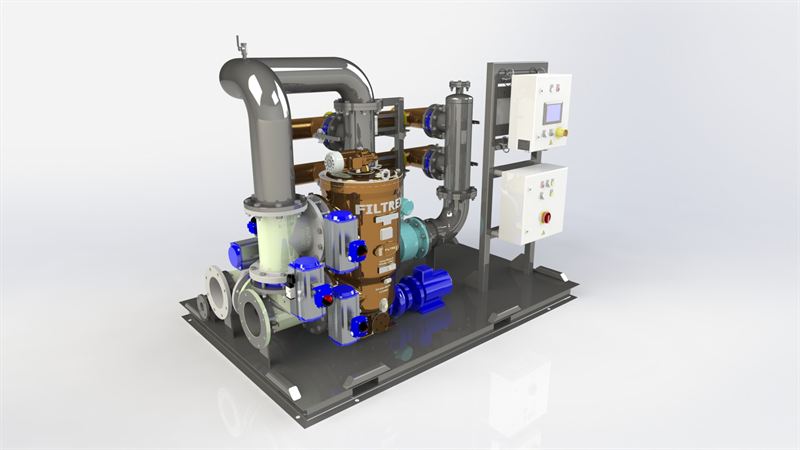 Ballast water treatment (BWT) specialist Optimarin has cemented its place at the vanguard of the market, with the news that it has now sold over 400 of its environmentally friendly UV-based systems. The landmark has been surpassed on the back of a succession of major contracts, fuelled by the firm’s unique retrofit experience, proven technology and upcoming USCG certification.
Ballast water treatment (BWT) specialist Optimarin has cemented its place at the vanguard of the market, with the news that it has now sold over 400 of its environmentally friendly UV-based systems. The landmark has been surpassed on the back of a succession of major contracts, fuelled by the firm’s unique retrofit experience, proven technology and upcoming USCG certification.
2016 has been a boom year for a company that installed the first ever commercial BWT system back in 2000. Optimarin Ballast System (OBS) orders have been confirmed with Atlantis Tankers (10 units) and Sinopacific Shipbuilding Group (nine), while the firm also made its first foray into fishing, with a contract for the Fisherman’s Finest vessel America’s Finest. The latest win, with Carisbrooke from the UK, was the largest - a fleet agreement with the potential to encompass retrofits on 46 bulk and multipurpose vessels.
“We’ve been working with BWT technology since our formation in 1994,” comments Optimarin CEO Tore Andersen, “so we feel this surge in business reflects an appreciation of our established expertise, technology, and ability to satisfy all individual customer, and vessel, requirements.
“Now that the ratification of the IMO’s Ballast Water Management convention is finally imminent, we’re seeing more and more shipowners engaging us for fleet wide retrofit assignments. This is because they know they can trust us, our market proven system, and unparalleled retrofit experience.”
Together with its global engineering partners, Goltens and Zeppelin, Optimarin has now fitted over 70 units on existing vessels, alongside over 200 on newbuilds. Its flexible, modular system is perfect for making the most of limited vessel space, while its totally compliant technology ensures peace of mind.
This latter point has proven to be another of Optimarin’s strengths. The firm has invested millions of dollars in testing and certification, with certificates from DNV GL, Lloyd’s, Bureau Veritas, MLIT Japan, and American Bureau of Shipping, alongside full IMO approval. However, it’s the latest testing with USCG that appears to be elevating the business to a new commercial plane.
“USCG has the most stringent approval demands, thanks to its FDA/CMFDA test, which judges the life forms transported in ballast water as either living or dead,” Andersen explains. “The power of the 35kw UV lamps in the OBS ensures it has the power to instantly kill invasive organisms and that’s exactly what USCG wants to see.
“The system has now satisfied all marine water tests and is in its final testing stage, with full USCG approval expected later this year. For shipowners with large global fleets this gives them the flexibility to sail in and out of US waters, discharging ballast, as desired. For those with fleets based exclusively in North America this is a ticket to trade, full stop.
“USCG approval is becoming a benchmark standard for forward-thinking customers planning for guaranteed future regulatory compliance. This is proving to be a key business driver for Optimarin.”
Optimarin’s customers include names of the order of Saga Shipholding, MOL, Grieg Shipping Group, Gulf Offshore, Farstad Shipping, NYK, Nor Line, and Evergreen Marine Corp, amongst others. Its OBS system is easy to install, simple to maintain – with no moving parts – and does not use, or discharge, any chemicals.
“We believe we have an industry leading proposition,” Andersen concludes, “and it’s hugely satisfying to see the market respond to that at this key time for the BWT sector.”


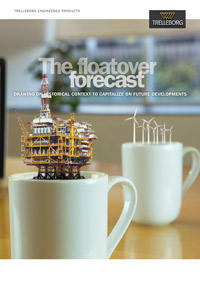 As offshore topsides become heavier and more oil reserves are identified in harder to reach locations, innovative solutions are key to effective oil & gas extraction. As a result, floatover installations are experiencing an upturn, rather than traditional heavy crane lifting. JP Chia, Engineering Manager and floatover specialist for Trelleborg’s engineered products operation, will be on stand at OTC Houston to discuss this trend, share market insights and answer any questions.
As offshore topsides become heavier and more oil reserves are identified in harder to reach locations, innovative solutions are key to effective oil & gas extraction. As a result, floatover installations are experiencing an upturn, rather than traditional heavy crane lifting. JP Chia, Engineering Manager and floatover specialist for Trelleborg’s engineered products operation, will be on stand at OTC Houston to discuss this trend, share market insights and answer any questions. Aker Solutions
Aker Solutions
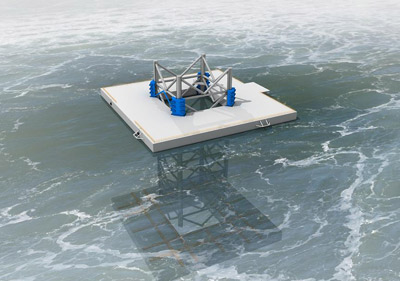 CALM OCEAN 101 will look like nothing else at sea: a broad, square deck surrounding a lone open-truss square jackup leg measuring 20 meters on each side. Image credit: Calm Ocean
CALM OCEAN 101 will look like nothing else at sea: a broad, square deck surrounding a lone open-truss square jackup leg measuring 20 meters on each side. Image credit: Calm Ocean Ballast water treatment (BWT) specialist
Ballast water treatment (BWT) specialist 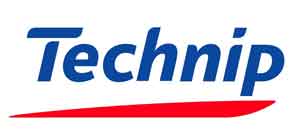 Technip USA, Inc.
Technip USA, Inc.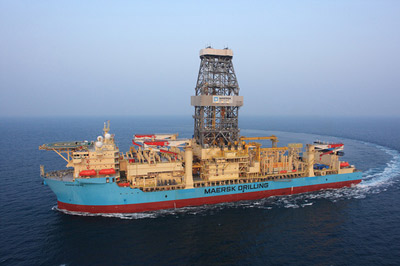 The Maersk Viking drillship is currently drilling a third well, which is expected to come online in early 2017. Credit: Maersk
The Maersk Viking drillship is currently drilling a third well, which is expected to come online in early 2017. Credit: Maersk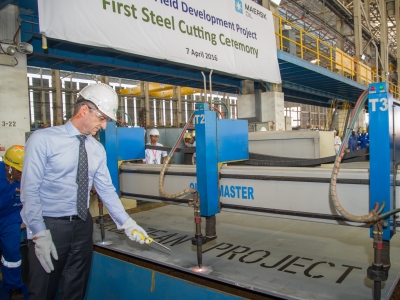 Jakob Thomasen, CEO of Maersk Oil, igniting the flames for the steel-cutting ceremony. This is the first sheet of steel cut for the Culzean megaproject. Credit: Maersk Oil
Jakob Thomasen, CEO of Maersk Oil, igniting the flames for the steel-cutting ceremony. This is the first sheet of steel cut for the Culzean megaproject. Credit: Maersk Oil The API has called on the administration to maintain and promote U.S. oil and natural gas development through the Bureau of Ocean Energy Management’s (BOEM) 2017-2022 offshore program, API Group Director of Upstream and Industry Operations Erik Milito
The API has called on the administration to maintain and promote U.S. oil and natural gas development through the Bureau of Ocean Energy Management’s (BOEM) 2017-2022 offshore program, API Group Director of Upstream and Industry Operations Erik Milito 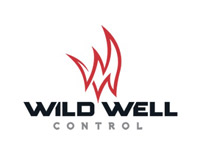 Wild Well Control, Inc.
Wild Well Control, Inc.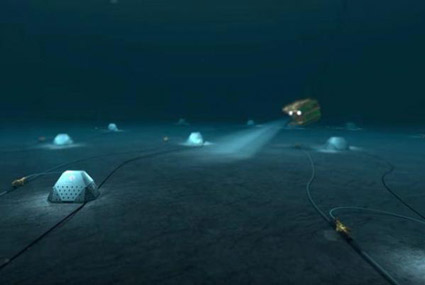 Image courtesy: Statoil
Image courtesy: Statoil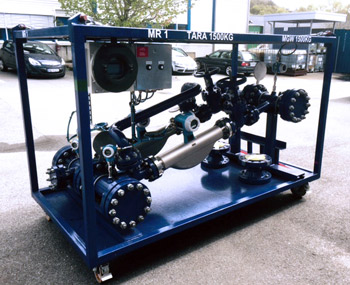 Photo credit: Intertek
Photo credit: Intertek Scanning the newspapers, social media and analyst coverage this year, there is consensus that a recovery in oil prices is coming, as a function of a reduction in over-supply, and that we should expect upward movement in prices later this year.
Scanning the newspapers, social media and analyst coverage this year, there is consensus that a recovery in oil prices is coming, as a function of a reduction in over-supply, and that we should expect upward movement in prices later this year.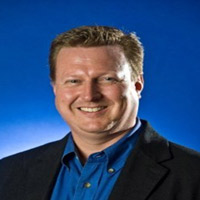 Scott Meints
Scott Meints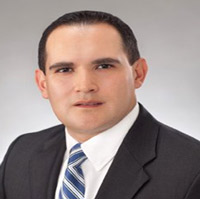 Adolfo Aguilera
Adolfo Aguilera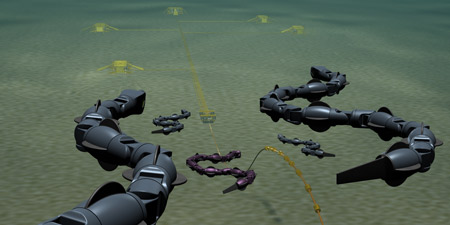 Swimming down to subsea templates. Image credit: Kongsberg Maritime
Swimming down to subsea templates. Image credit: Kongsberg Maritime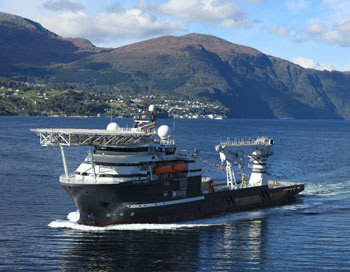 Olympic Ares. Photo credit: Bibby Offshore
Olympic Ares. Photo credit: Bibby Offshore